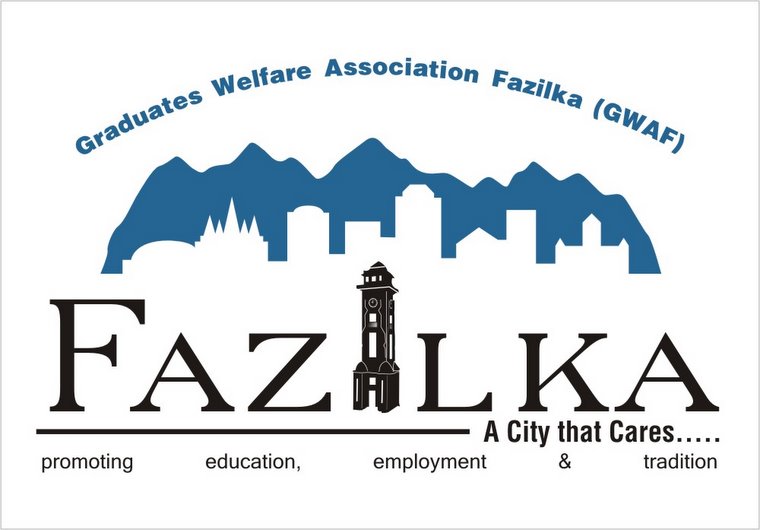नगर परिषद अध्यक्ष अनिल सेठी ने बताया कि सुबह आठ से लेकर रात आठ बजे तक कार फ्री जोन घंटाघर के आसपास उसकी खूबसूरती को निहारने वाले सिर्फ पैदल लोग या दुपहिया वाहन चालक ही आ-जा सकेंगे। रात आठ से सुबह दस बजे तक कोई दुकानदार बड़े वाहनों से सामान लोड या अनलोड करवाना चाहे, तो अवरोधक हटाए जाएंगे। उन्होंने बताया कि ऐसा करने से जहां ग्लोबल वार्मिग के खिलाफ सार्थक कदम उठा है, वहीं घंटाघर के आसपास यातायात अव्यवस्था का आलम भी समाप्त हुआ है। ऐसी व्यवस्था करने से फाजिल्का देश का पहला शहर बन गया है, जहां कार फ्री जोन स्थापित किया गया है। उन्होंने कहा कि इसके चलते ऐतिहासिक घंटाघर के निकट यहां के प्रसिद्ध पकवानों से सुसज्जिात फूड स्ट्रीट भी विकसित की जाएगी। लोग यातायात के शोर से दूर शुद्ध वातावरण में अपने मनपसंद पकवानों का लुत्फ उठाया करेगे।
उल्लेखनीय है कि अब से पहले एशिया में सिर्फ सिंगापुर में ही कार फ्री जोन की व्यवस्था है। इसके अलावा यूरोपीय देश नीदरलैंड की राजधानी एम्सटर्डम, कोलंबिया की राजधानी बैगोटा व बेल्जियम की सिटी ब्रुगे भी कार फ्री जोन व ग्लोबल वार्मिग रोकने के लिए प्रसिद्ध है।
टॉप टेन मेयर प्रतिस्पर्धा के लिए जाएगा सेठी का नाम
फाजिल्का : ग्रेजुएट वेलफेयर एसोसिएशन फाजिल्का घंटाघर क्षेत्र में कार फ्री जोन की व्यवस्था करने वाले नगर परिषद अध्यक्ष अनिल सेठी का नाम वर्ल्ड के टॉप टेन मेयर की प्रतिस्पर्धा के लिए भेजेगी। एसोसिएशन के पदाधिकारी इंजीनियर नवदीप असीजा ने बताया कि उनकी संस्था ग्लोबल वार्मिग के खिलाफ प्रयास करने वाले दुनिया के टॉप टेन मेयरों की प्रतिस्पर्धा के लिए परिषद अध्यक्ष अनिल सेठी का नाम भेजेगी।
http://in.jagran.yahoo.com/news/local/punjab/4_2_5026966.html


